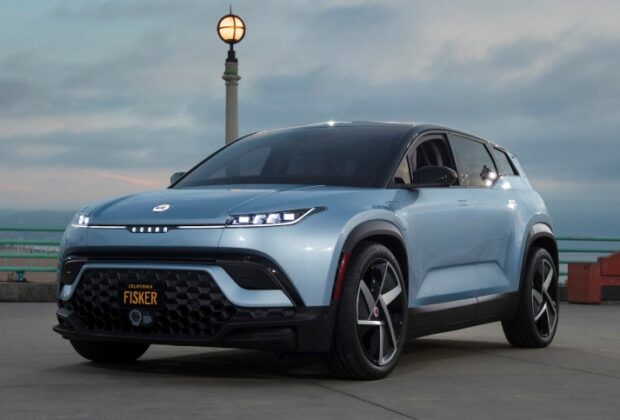Monday, electric vehicle startup Fisker said that it spent less money in 2022 than it had anticipated, that it was still on track to start shipping its Ocean SUV this spring, and that it would still produce over 40,000 vehicles in 2023.
On Monday, Fisker’s stock closed up more than 30%.
According to Fisker, Magna International’s contract manufacturing facility in Austria has produced 56 Oceans thus far. As the two companies refine the manufacturing process, test additional features, and work through regulatory approval processes in the United States, Canada, and Europe, fifteen of those were completed prior to the end of the year and are currently being used for testing by Fisker and Magna.
The report comes less than a week after the production and delivery results of EV startups Lucid and Nikola disappointed.
In the past, Fisker stated that the Ocean’s top trims would have a range of about 350 miles. However, CEO Henrik Fisker stated on Monday that early testing has revealed that the Ocean has more range than anticipated.
He stated, “These results reinforce our expectation that, at the time of launch, the Fisker Ocean will have the longest range of any SUV/Crossover priced below $70,000.”
The Ocean starts at $37,499 and has about 250 miles of range in the base trim; Versions with a longer range start around $50,000.
In the second quarter, Fisker anticipates ramping up production and beginning deliveries, as well as finishing the testing necessary for regulatory approval of the Ocean. “provided the supply chain delivers per our forecast and we receive [regulatory approval] in a timely manner,” the company reiterated its previous production guidance of “up to” 42,400 vehicles in 2023.
As of February 24, Fisker had “approximately 65,000” Ocean reservations, up slightly from “over 62,000” in its earnings report for the third quarter at the beginning of November. The Ocean will not be eligible for the new EV incentives offered by the US government because it will be constructed in Austria.
In 2022, Fisker spent $702 million, slightly less than its guidance range of $715 million to $790 million. At the end of the year, the company still had $736.5 million in cash, including $57 million from its ongoing at-the-market share offering in the fourth quarter of 2022. In 2023, it anticipates spending between $535 million and $610 million.
Fisker said that it may also have positive earnings before interest, tax, depreciation, and amortization, or EBITDA, for the entire year. It is aiming for a positive gross profit margin of between 8% and 12% for the year.
On a revenue of approximately $306,000, Fisker’s fourth-quarter net loss was $170.1 million, or 54 cents per share. Both were underestimating: Refinitiv surveyed Wall Street analysts and predicted a loss of 42 cents per share on $2.5 million in revenue.
Additionally, Fisker stated that work on its upcoming second model, the Pear, a smaller, more affordable electric vehicle, had progressed, and that it was still on schedule to begin production next year.
The number of reservations for the Pear has increased from “over 5,000” at the beginning of November to “over 5,600.” Foxconn Technology Group will begin producing the Pear in 2024 in the former Lordstown Motors factory in Ohio, with prices anticipated to start at $29,900.








